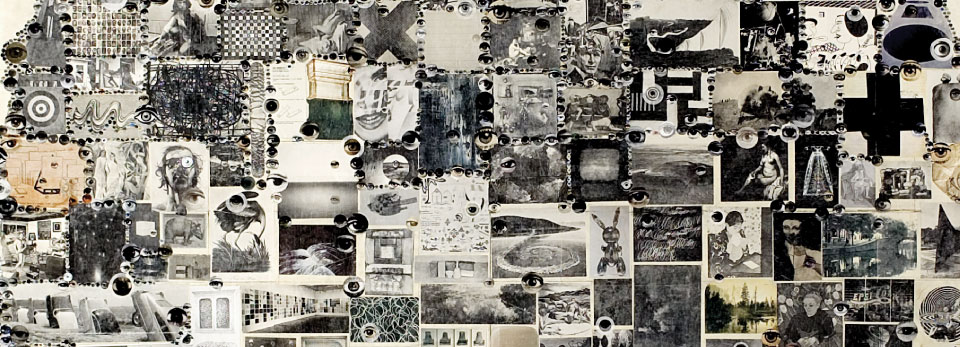

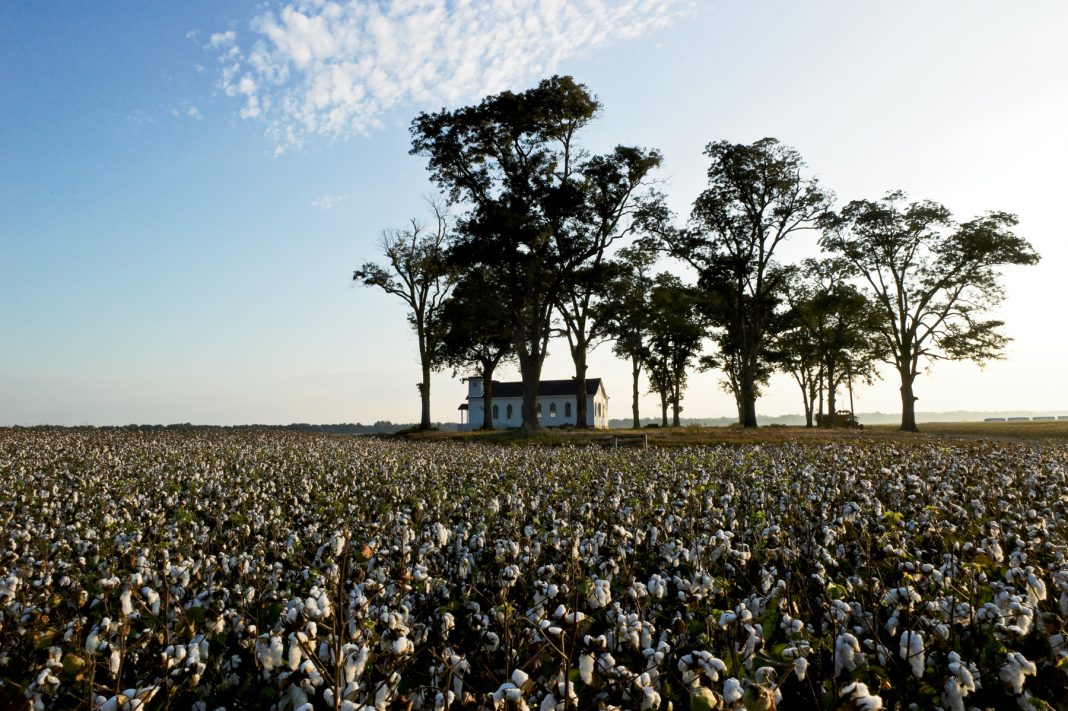
For more than a century, photographers have documented the American South in its pleasantries, unrest, and eccentricities, many times with a focus on the people of a region where romantic traditions prevail. The Halsey Institute of Contemporary Art opens a new window on the South with a collection that merges this past with present in the exhibition Southbound: Photographs of and about the New South, which is also showing at the City Gallery at Waterfront Park in Charleston.
READ THE FULL STORY [+]
After first setting foot in Madison County in the early 1970s, documentary photographer Rob Amberg became so immersed in the Appalachian culture of the rural Western North Carolina community that he missed out on much of the music that shaped wider popular culture of the time.
“The last two months, I’ve been listening nonstop to Queen and Freddie Mercury,” Amberg said during an interview on land in Madison’s PawPaw community, where he’s lived with his wife Leslie for the past 30 years.
“I’ve been telling my friends that I’m listening to him and they kind of say, ‘What?!’ And, well, think about it, when he was at his height, I’m here listening to (Madison County native and old time music legend) Dellie Norton and ballads and missing Led Zeppelin and all these things that were out there.”
READ THE FULL STORY [+]
In 2015, Stacy Kranitz was named Instagram photographer of the year by Time magazine. She’s in high demand at domestic and international publications, from New York Times Magazine to Adbusters, Mother Jones, Intercept, Stern, Vice, Oxford American and others.
She earned a bachelor’s in photography and lm from New York University and a master’s in photography from University of California, Irvine.
Kranitz, 42, was born in Frankfort but was only here about nine months. Her father, Jerry Kranitz, managed a Big K store. The family owned a chain of stores sometimes referred to as Kuhn’s Variety Store. Her mother, Barbra Kranitz, was a preschool teacher.
She says her parents lived in Frankfort about a year and a half and they’re now retired, living in Delray Beach, Florida.
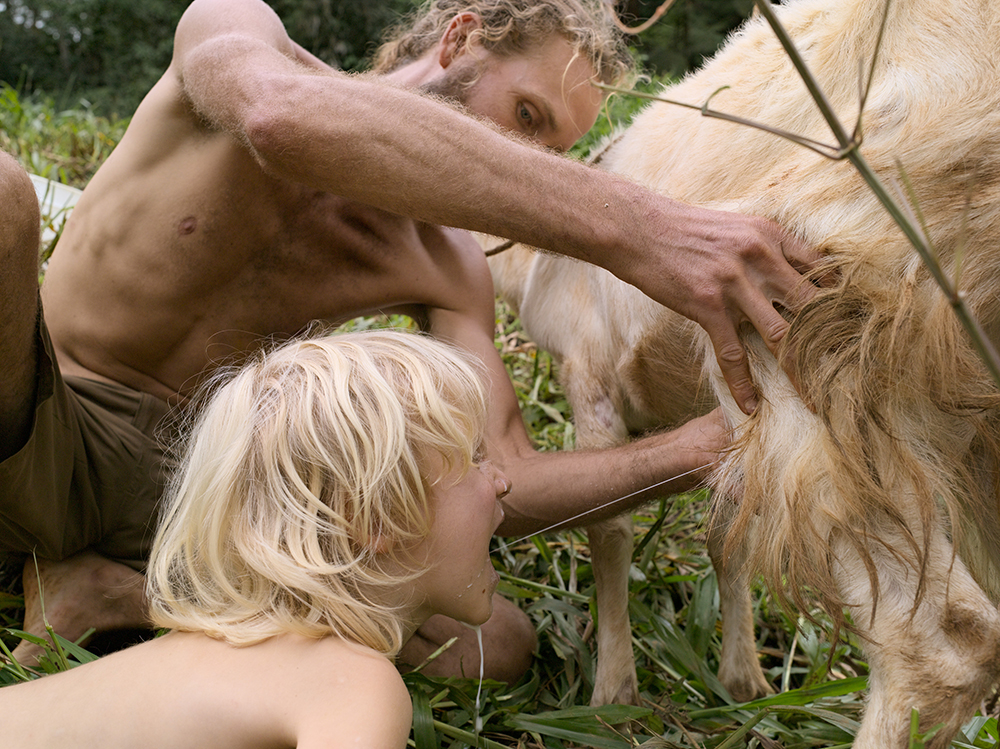
Huntington Station native Lucas Foglia is documenting an evolving vision of the South with his photographs that depict a modern counterculture movement.
Having grown up on his family’s Fox Hollow Farms, Foglia has been drawn to nature and sustainability from a young age. After receiving a degree in art from Brown University and MFA in photography from Yale University, Foglia hit the road in the South finding families who live self-sufficiently. Like Foglia’s family, who grew a major portion of their food and bartered their goods with others in exchange for local products and service, these families rely on themselves for their own sustenance.
“The lifestyle we had was a mixture of agriculture and suburbia,” Foglia said. “When I went to photograph in the South East, the people I met were living with the same value system that I grew up with, but to more of an absolute.”
READ THE FULL STORY [+]
Cinelle Barnes draws the layout of her childhood home on the board, adding in a few details, explaining that the exercise permits one to revisit formative moments and recall early emotions.
“Can you guess what this is?” she asks.
“A chandelier?” one of the students ventures.
Another room is drawn.
“Can you guess what this is?”
“A disco ball!” comes the reply.
“And this?”
“Is it a bar?”
Now the students are curious about this house in the Philippines that contains such things. Barnes continues, drawing a fancy chair at the head of a large table otherwise surrounded by stools. It’s the chair her mother sat in, she explains.
READ THE FULL STORY [+]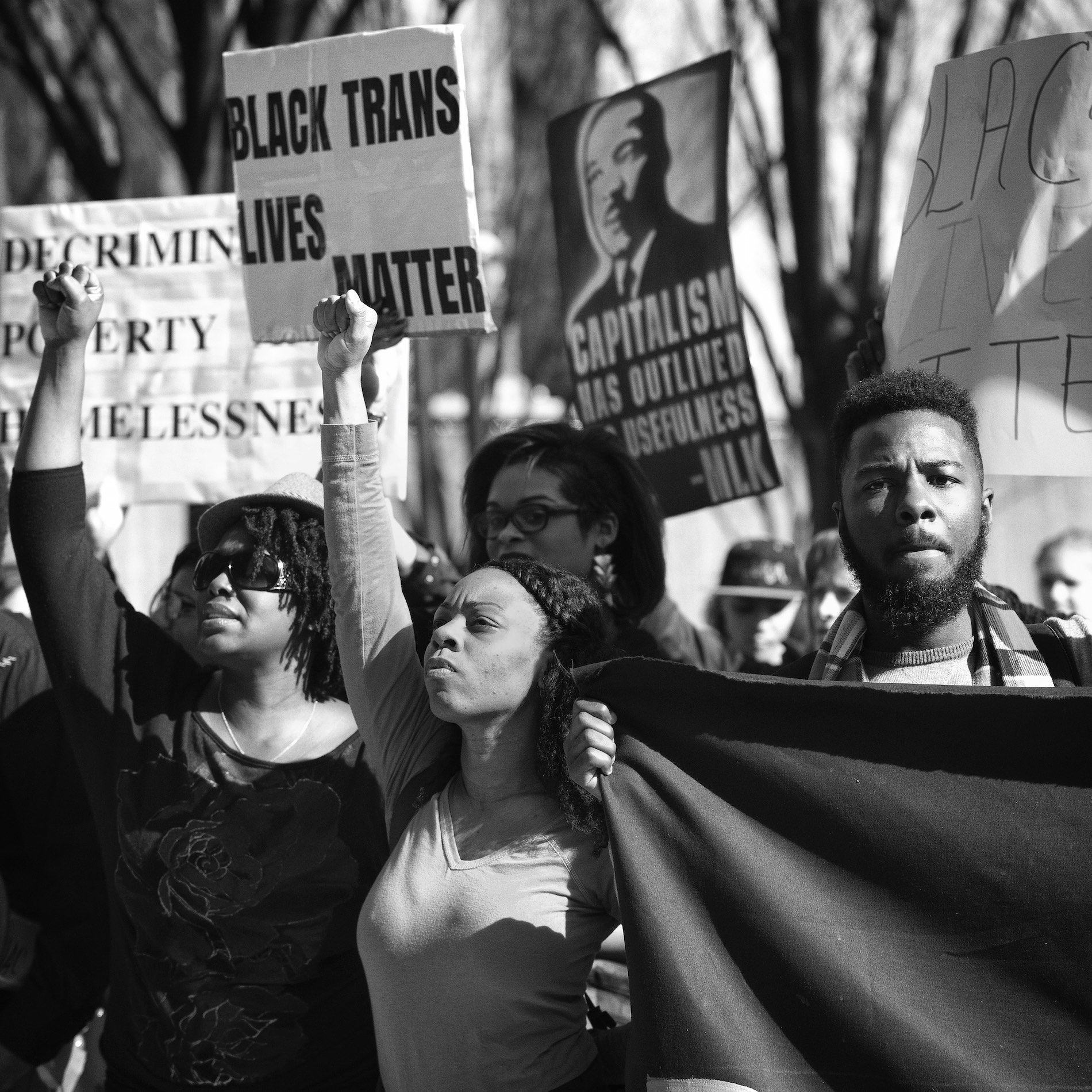
With 30 percent of Americans still denying global warming exists, and at least some still denying Barack Obama is an American citizen, it is striking that basic facts can become so contested. David Roberts, for Vox, says America is in the midst of an epistemic crisis. One advanced, he argues, by Trumpism’s rejection of mainstream institutions devoted to gathering and disseminating knowledge.
In such an atmosphere, one wonders, even if Trump is found to be guilty of collusion with Russia whether, ultimately, those facts will matter. But this isn’t a new phenomenon. Americans have been engaged in dubious interpretation and disregard of facts for as long as schools have been teaching children that the pilgrims and the Indians were friendly co-collaborators and glossed over the raw horrors of the slave trade.
READ THE FULL STORY [+]
Who said you need to go to a museum to see good art?
There’s a growing amount of it on view, for free, in the streets of the tri-county metropolitan area.
The Charleston peninsula boasts the highest concentration of murals, but painted exteriors can be found in North Charleston, West Ashley, Mount Pleasant, James Island, Folly Beach and elsewhere.
…
The king of the American muralists, Shepard Fairey, is a Charleston native now living in Los Angeles who has developed the Obey empire whose mascot is Andre the Giant. In 2014, the Halsey Institute of Contemporary Art brought him home for a two-part art show. Framed works were displayed in the gallery. But Fairey also braved the heat and humidity to paint four murals in the city, three of which survive.
READ THE FULL STORY [+]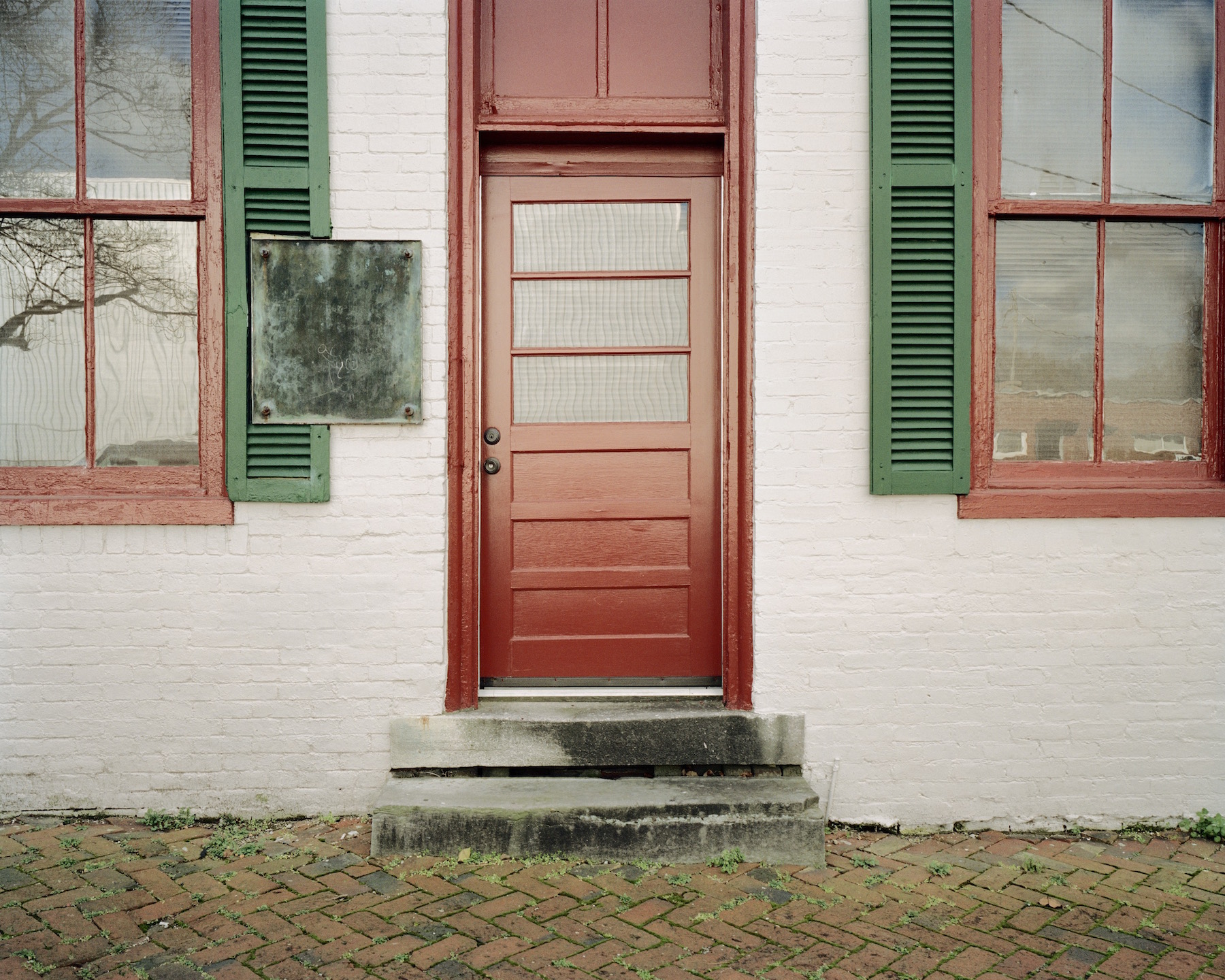
The Department of Art is proud to recognize Associate Professor, Jessica Ingram, in the Halsey Institute of Contemporary Art’s latest exhibition, Southbound: Photographs of and about the New South. This exhibition attempts to convey the South within the
21st century and is built with the visions of over sixty artists.
Offering a fresh perspective on a land founded upon tradition but ruled by change, the photographs echo stories of southern tradition transitioning in a new wave of Americanization and Globalization. The project’s purpose is to investigate the senses of place in the South that congeal, however fleetingly, in the spaces between the photographers’ looking, their images, and our own preexisting ideas about the region.
Born in Nashville, Tennessee and passionate about her exploration to understand communities, progress, and resistance in American culture, Ingram distinguished herself as a student, a contemporary artist, and ultimately an educator.
READ THE FULL STORY [+]
Say this phrase out loud: “The new south.” Now ponder what it means to you. It’s likely that your interpretation of those words differs from that of your co-workers, peers or relatives. That’s because the phrase has become nearly ubiquitous with meanings that shift to suit the perspective of whoever utters it.
This month, and until March 2, 2019, you’ll find photographic interpretations of the “New South” on display at the College’s Halsey Institute of Contemporary Art and Charleston’s City Gallery at Waterfront Park in the Halsey’s exhibit, “Southbound: Photographs of and About the New South.” And that phrase will come into sharp focus on Friday and Saturday, Jan. 11-12, 2019, when the Halsey co-hosts “Public Memory in the New South” – a symposium designed to examine what we remember and forget in this region and how we choose to frame those recollections in order to arrive at a collective sense of identity in today’s South.
READ THE FULL STORY [+]
A Laurinburg, N.C., native’s work will be a part of the largest exhibition ever produced for photographs of and about the American South in the 21st century.
McNair Evans grew up in Laurinburg and his work is being featured in “Southbound: Photographs of and about the New South” by the Halsey Institute of Contemporary Art in Charleston, South Carolina. Southbound will feature the work of 56 artists.
The exhibition features artwork that shows the region through different lenses that may bring into focus the New South and it’s representations of the world around it. The curators contacted artists who had taken photos in the south since 2000 to use their work in the project. The pieces selected from Evans are part of a series he did in 2009-10.
READ THE FULL STORY [+]